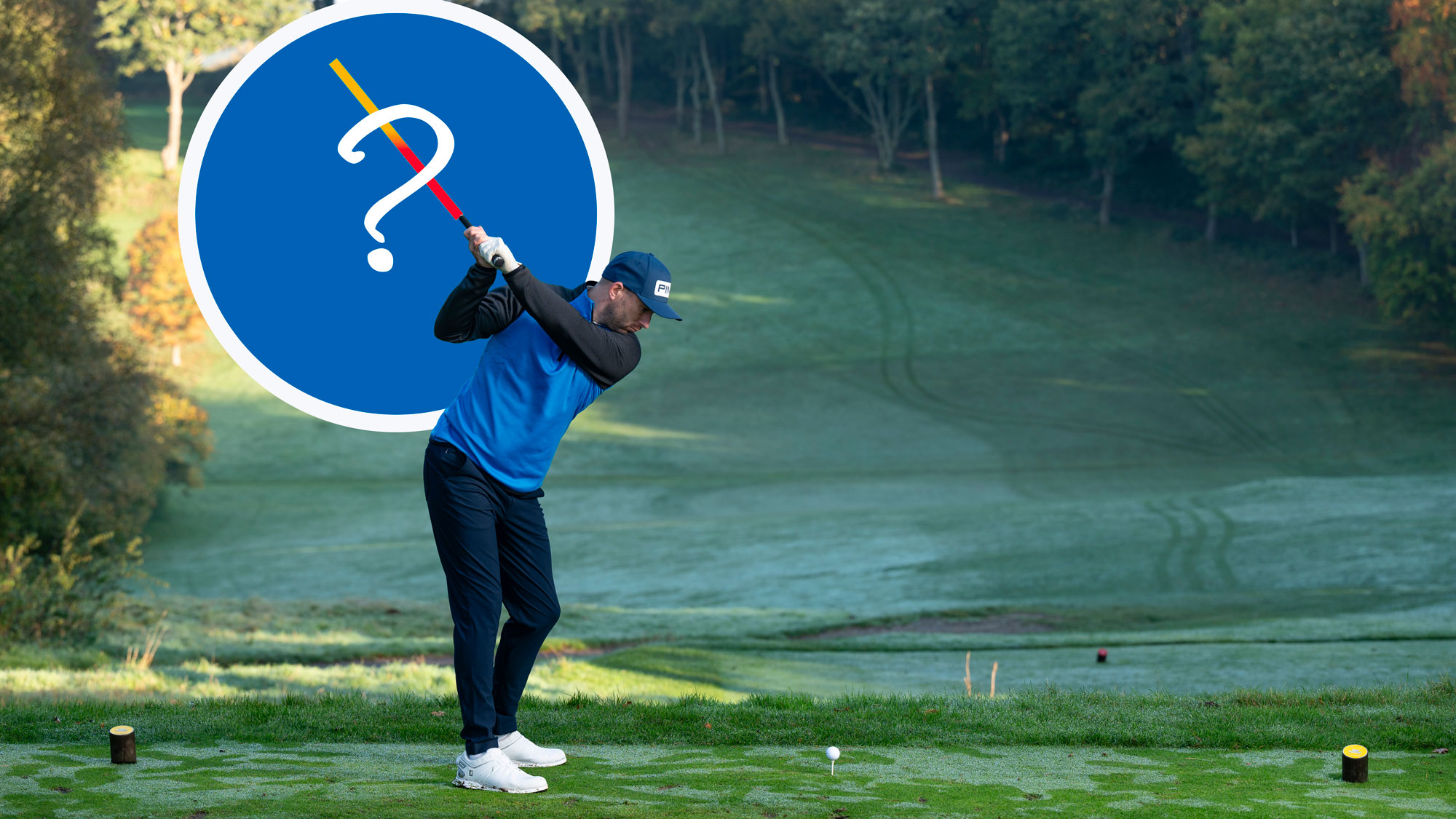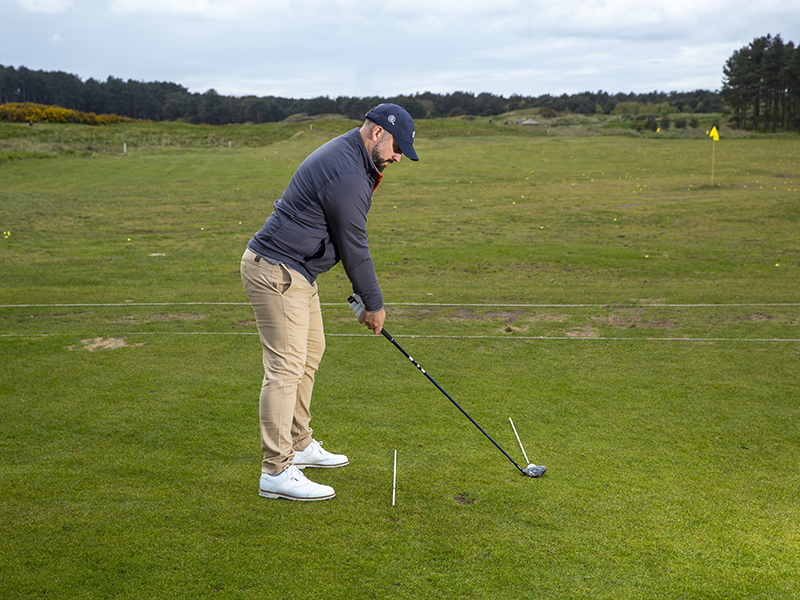
We all know that increasing distance off the tee is a key factor in reducing your handicap, but if you aren't able to keep the ball in-play then you will run into problems later down the line.
Hitting driver is great to impress your friends or attack the passive holes on the course, but dispersion can often be a casualty of increased power. According to Arccos data, over 72% of all tee shots in amateur golf are taken with driver, making it the overwhelming favourite in the club selection pool.
While missing the fairway in the rough doesn't necessarily have a hugely negative impact on your scoring, putting yourself way out of position in the hazard, trees or native areas will. Hitting a fairway finder with a club that still provides a decent punch of distance is therefore a great alternative, but surprisingly only 9.4% of tee shots are hit using a 3-wood... and I can't understand why.
Driver vs 3-Wood: Distance From The Middle Of The Fairway
I must say that I am surprised by the statistic, especially when you consider that over 88% of amateur golfers hit within 35-yards of the fairway centre line when using 3-wood. That figure is only slightly higher than the 85% success rate with driver, but marginal gains in this game can make a big difference.
Almost 50% of players are able to hit within 15-yards of the fairway centre line with the fairway wood in hand, and that to me seems like an absolute no-brainer for any holes where the fairway is tight or the reward for distance isn't overly significant.
My point here is not that amateur golfers should not hit driver (they absolutely should), and I am not disputing the importance of distance off the tee, but I feel that using it on almost three quarters of all tee shots is perhaps a little naive.

Take my home club, for example. At Sand Moor, the par-4 9th has out-of-bounds running all the way down the right side. The green is easily reachable with a wood and an iron (and a scoring club at that), but finding the fairway and avoiding the white stakes is crucial.
The same can be said for the 11th, the 12th (par-5 so needs a couple of nicely struck irons) and the 18th, with plenty of other opportunities to choose less than driver if you want to plot your way safely through the course.
I'd go as far as saying that pulling the big stick on more than 70% of tee shots is actually completely unnecessary, and in most cases counter-intuitive to good course management.
How Do I Hit A 3-Wood?
Golf Monthly Top 50 Coach Peter Finch recently shared his top tips on how to flush your fairway woods, and they couldn't be simpler!
1. Don't try to help the ball into the air - there is enough loft on the club, even if you hit the ball with a descending blow.
2. Keep your sternum over the ball through impact - this will help to prevent you backing off and trying to scoop the ball into the air.
3. Control the low point of the swing - just bruise the turf after making contact with the ball.
Give them a try the next time you visit the range, and give the 3-wood some love next time you find yourself on the tee boxes







